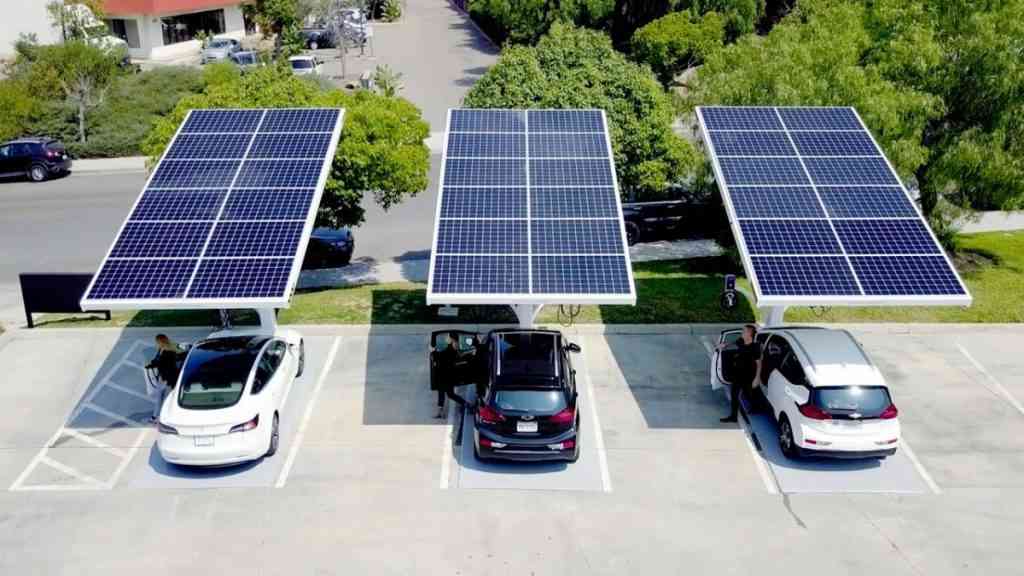
It goes without saying that serious conservation measures need to be put in place if we are to secure future water supplies.
Of all biodiversity that depends on water, man is the most water-dependant, and according to the World Health Organisation, “25 litres per person per day is the minimum needed to sustain life and health”.
Zimbabwe cannot claim to be providing this requirement as the service sector has been incapacitated since the country was plagued by economic problems.
In future however, it might not so much be an issue of service delivery as much as it would be of the unavailability of the water itself, and it would all have culminated from our present abuse of our water supply systems. And we should all know by now that “no life exists without water”.
I know I am not the only one who has witnessed countless times water gushing in the streets going to complete waste as a result of burst pipes. One thing for a fact, there will come such a time when we will regret ever allowing all that water to go to waste. What we are bound to regret even more is the current ongoing abuse of wetlands.
Wetlands or dambos, madofanya or matoro, as they are popularly known in Zimbabwe, are responsible for recharging the rivers, headwaters and aquifers and for the efficient filtration of the recharged groundwater (which happens to be the source of drinking water for many).
They provide an efficient carbon sink (carbon dioxide contributes about 60% to global warming and climate change), and control groundwater flow, preventing erosion and river siltation, as well as depositing the nutrients that maintain wetland biodiversity.
Most regrettably, Zimbabwe might in the near future not be able to enjoy any of the advantages freely available through wetlands as they are, more than ever before, under serious threat so much that if the abuses were to be allowed to continue, the vleis would be wiped out altogether.
- Chamisa under fire over US$120K donation
- Mavhunga puts DeMbare into Chibuku quarterfinals
- Pension funds bet on Cabora Bassa oilfields
- Councils defy govt fire tender directive
Keep Reading
What boggles the mind is that the authorities that would be expected to be spearheading their conservation and protection have given the green light for their exploitation and consequent destruction.
Although any proposed building activity in or near wetlands requires an Environmental Impact Assessment to be carried out, this legal requirement is continually being ignored or is only carried through after construction has already taken place and according to The Conservation Society of Monavale Trust (Cosmo), this must change, immediately.
According to information provided by Cosmo, 97, 5% of all water on the planet is salt water with only 2,5% being sweet water, half of which is snow and ice, with just 1% being surface water. Of the surface water, half of it is in lakes and dams. The remaining water is in rivers or stored in wetlands which re-supply the rivers, lakes and dams.
Having looked at these figures, surely all of us cannot fail to see just how much we need wetlands in ensuring a stable water supply. It then goes without saying that if the current disregard of the law pertaining to wetland protection and their brutal abuse is allowed to continue, we face an unimaginable catastrophe.
Not a single one of us can stand up and claim water issues do not concern them, and that includes even those that are currently busy abusing our wetlands. To guarantee our future water supply and that of future generations, it is everyone’s duty to adopt better water conservation methods and say an emphatic NO to wetland abuse.
But maybe the first thing would be to increase wetland awareness campaigns, just so we are all on the same page.
HARARE COUNCIL FINED FOR WETLAND ABUSE
Recently, the Harare City Council (HCC) was slapped with a US$15 000 fine by the Environmental Management Agency (EMA) for conducting themselves in a manner that endangered the environment. Among the charges was that of “uncontrolled development of residential and commercial stands on wetlands”.
Most notable would be the shopping mall that is set to be built on the Borrowdale wetland. Other wetlands in the capital city that have been allocated as stands include those in Budiriro 3 and 4, Prospect, Tynwald, Glen Lorne, Eastlea, New Marlborough and that which is opposite the National Sports Stadium.
The HCC is reported as having chosen to disregard previous orders from EMA to stop the construction currently taking place on the wetlands.
Unfortunately, it is not only some authorities that are allowing the destruction of wetlands as these vital natural water reservoirs face further threats from informal and uncontrolled agricultural activities, veld fires and pollution.
The Environmental Management Act (CAP 20:27) Statutory Instrument 7 of 2007 states in clear terms that even just cultivating on wetlands should not be carried out until permission is granted by EMA.
Chipo Masara
For feedback, contact me on [email protected]











